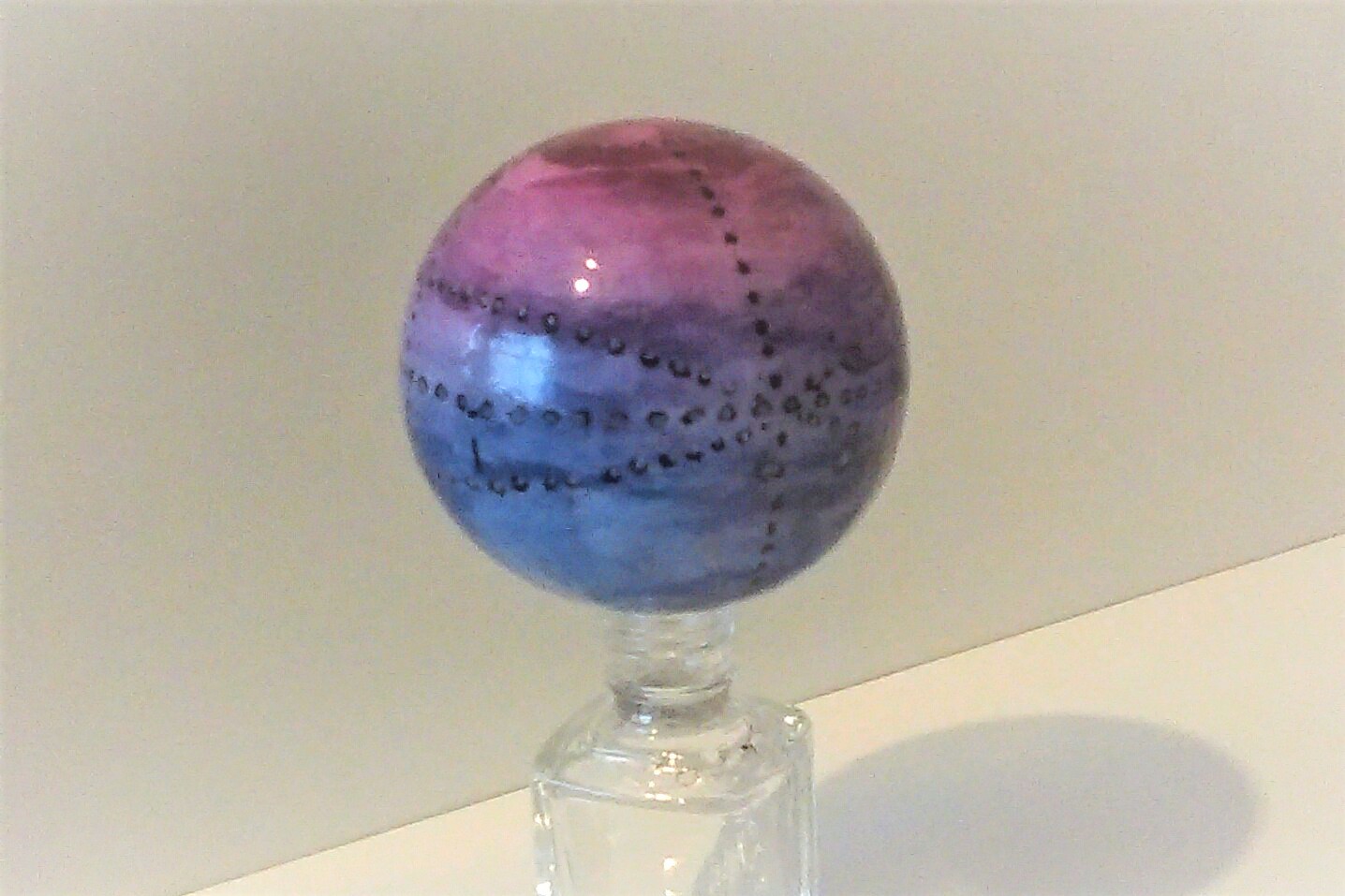So I'm making a world where one polar half of the planet is purple and the other is blue (in the middle it mixed, like purple/blue).
I've done a lot of research on sky color and found that purple was one color that's the hardest to be a sky color (because the sunlight spectrum doesn't have purple). But what I found was if my sky is blue but the atmosphere has large dust-like particles that are the right size to reflect red light so when it mixes with the blue sky makes purple.
My question is what particles would be the right size to reflect red from sunlight? The needed size of the dust would be enough, then I can make up some mineral to be the dust, I just need the right size that reflects red light from the sunlight spectrum.
Cause only the half of planet is purple I was thinking of making that polar half have a lot more dust , caused maybe by volcanos and the volcanos put out purple-reddish ash that would be in air and settle on the ground too.


